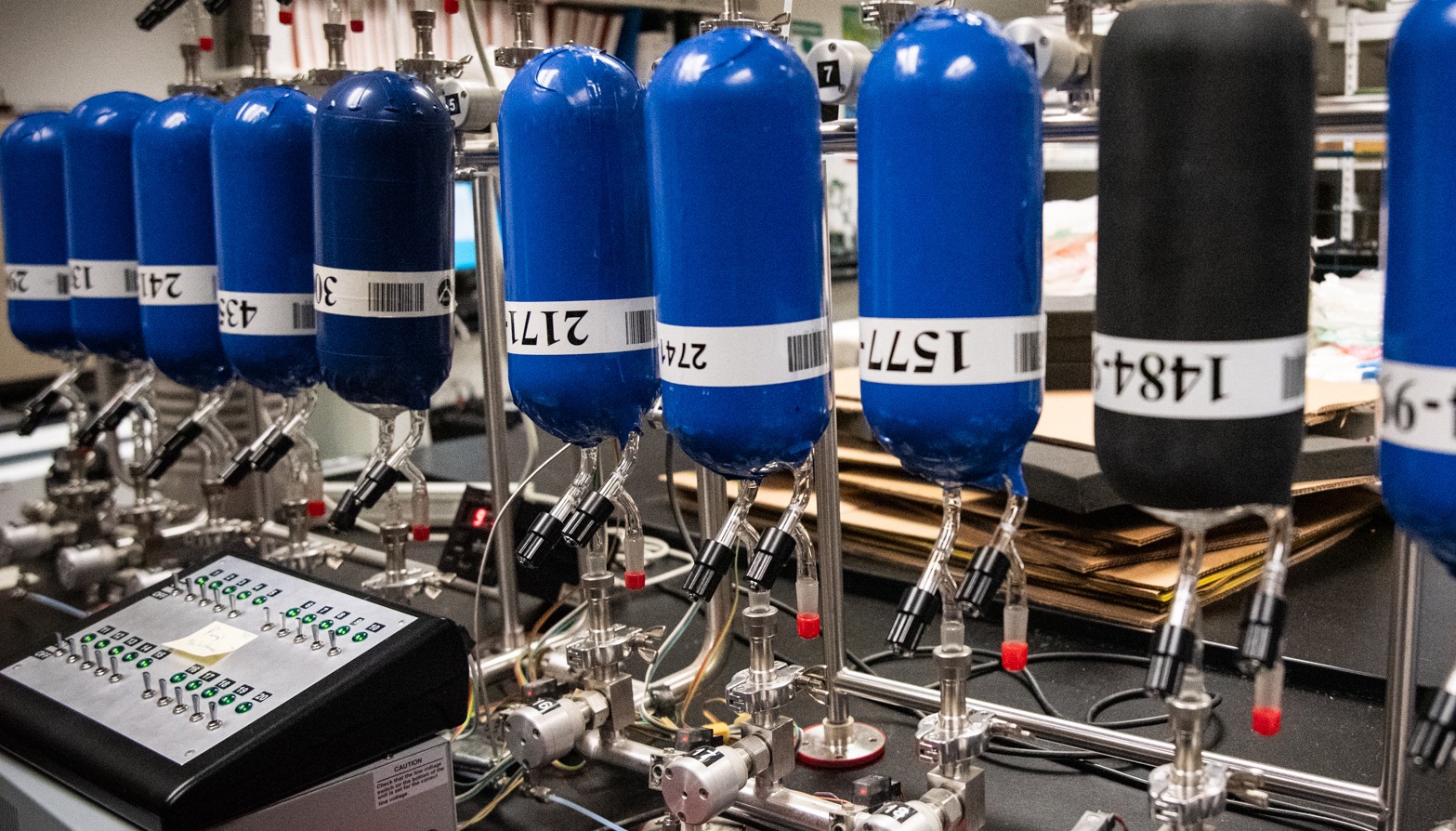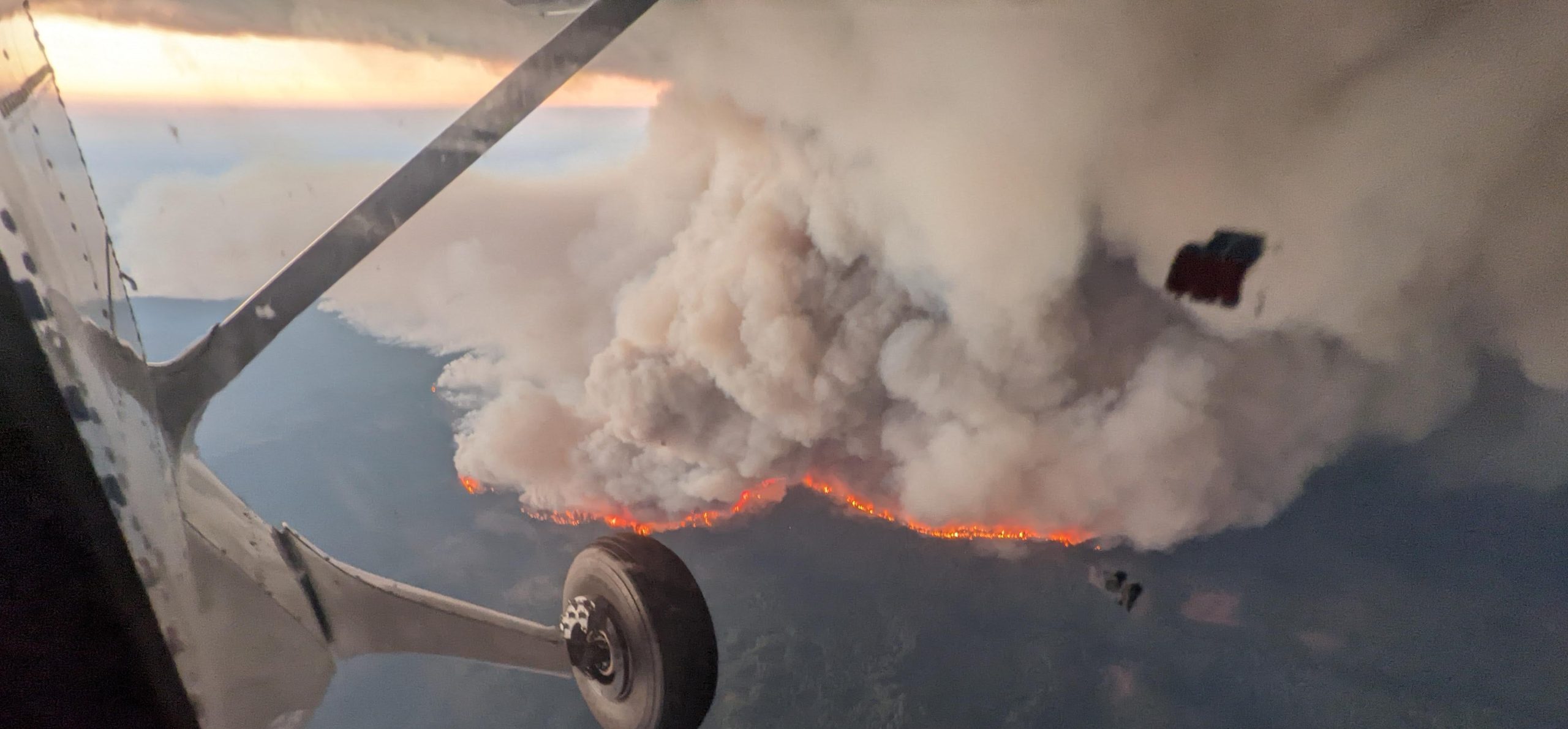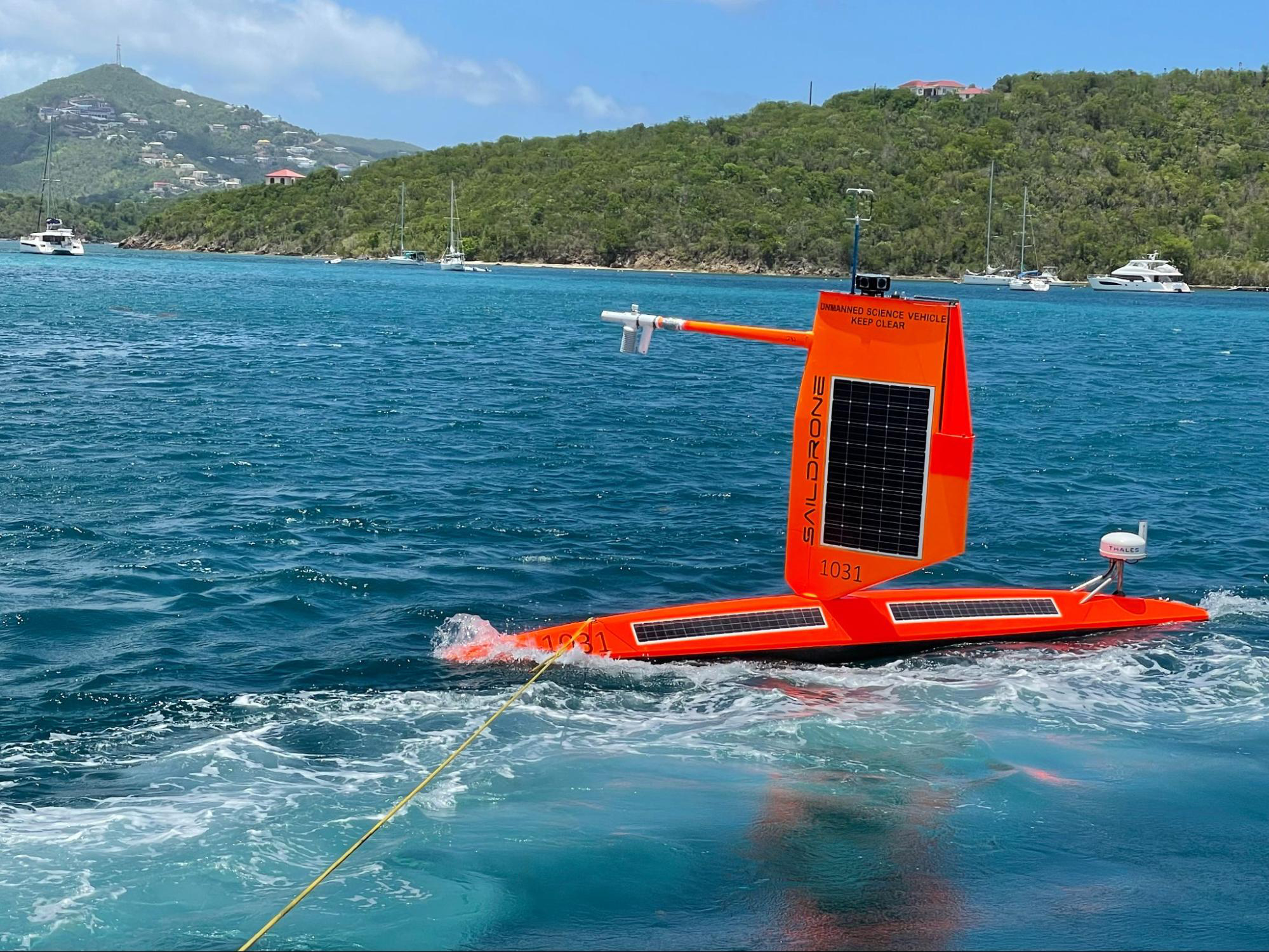When COVID-19 pandemic began in the US, counties and cities across the nation imposed stay at home orders, closed schools or imposed travel restrictions. From March 2020 onward, many Americans hung up car keys and settled into their homes for work and school. Traffic patterns dramatically changed, and previously smog filled vistas became clearer.
One silver lining of the otherwise deadly and economically distressing COVID pandemic might be the opportunity for Americans to explore a future less dependent on automobiles and how it might impact the environment and air quality. The pandemic offers a natural air pollution control experiment for air quality researchers. However, the results are puzzling for those hoping to reduce ozone, a common contributor to poor air quality, in urban environments.
At NOAA’s Air Resources Laboratory (ARL) in College Park, Maryland, atmospheric researchers were eager to study the impacts of reduced automobile traffic on the atmosphere. Among other atmospheric modeling, ARL monitors pollution near a major highway in Maryland, obtains atmospheric samples via aircraft and runs the Climate Reference Network to measure long term baselines for climate variables. Dr. Patrick Campbell, an ARL researcher who is also an assistant professor at George Mason University, collaborated with a number of ARL and other NOAA researchers to examine the impacts of the COVID-19 economic slowdown on air pollution in the nation.
The main pollutants studied were nitrogen oxides (NOx), and ozone (O3), two of five common contributors to poor air quality. Both nitrogen and ozone were monitored against a baseline for the duration of the economic slowdown. As automobile traffic dropped up to 50 percent, fuel consumption and carbon dioxide emissions dropped; however, Campbell and his team found that the impact of reduced auto traffic on air quality is complex.
Ozone is not emitted into the air, but is created by the reaction of sunlight on air containing NOx and volatile organic compounds (known as hydrocarbons). Ozone is the dominant reason for air quality standards violations in the U.S. during the summer. Unhealthy ozone levels occur most often on hot sunny days, and have clear negative impacts on public health. Conversely, NOx emissions are dispersed in the atmosphere primarily from the burning of fuel.
As reported in Atmospheric Environment this month, the results indicated that “by mid-May, ground level ozone had not fallen in parallel with decreasing NOx levels across much of the country,” according to Campbell. During the peak of the lockdown from March to April of 2020, reduced emissions led to widespread ozone decreases, though there is a notable increase in New York’s Long Island Sound. At the peak of the ozone season from July to August some regions showed widespread increases in ozone, which is typical of summer, but also partly attributable to relaxed mobility restrictions in some states.
The divergent response of nitrogen and ozone has been observed in similar studies about atmospheric pollutants during the Covid-19 pandemic and are useful to develop strategies to control atmospheric pollution. Ariel Stein, Deputy Director of ARL and one of the co-authors of the study commented: “The environmental conditions under which this study took place provide a unique opportunity to greatly expand our understanding of the non-linear behavior of atmospheric chemicals. Further extension of this research will contribute to the improvement of air quality and weather forecasts and climate outlooks.”



